Northern Flickers Maryville and Alcoa Tennessee Winter 2022
Left click on each photo for a better view in a gallery format. You can also scroll through them with the directional arrows. To return to the main page hit escape or click the X in the upper right hand corner of the picture.
The Northern Flicker bonus viewing day was on December 19, 2022. I saw and photographed 4 different Northern Flickers and I believe I saw at least 2 more flying around. This area was in a seasonal flooded woodland and grown-up field wetland area. It is along the Alcoa Greenway at the 1/2 mile marker from the Maryville Greenway City limits.
I photograph here often and I did not capture them again in this area through January into February 17, 2023. The birds from December 19 were probably migratory birds from the North passing through.
The Tennessee Wildlife Resource Agency has some interesting information about Northern Flickers.
“Northern Flickers are unlike most other Tennessee woodpeckers in that they are primarily brown instead of black and white, and often feed on the ground. In fact, Northern Flickers eat more ants than any other bird in North America.”
I have recorded 9 posts to iNaturalist that have been confirmed to be Northern Flickers and all of them the birds were in trees.
“Habitat: Northern Flickers are found in open woodlands, and forest edges, including cities and suburbs, and will visit backyard bird feeders. They nest in almost all forest types found in Tennessee.”
“This woodpecker was formerly called the Yellow-shafted Flicker in the East and the Red-shafted Flicker in the West because of their distinctly colored wing-linings. They are now recognized as belonging to the same specie (Colaptes auratus).”
“The territorial call is a long series of wick wick wick notes, rising and falling in volume and lasting 7 or 8 seconds. This call is similar to the call of the Pileated Woodpecker.”
The TWRA link above has a great recording of this birds call and I can tell it does sound similar to a Pileated Woodpecker’s call.
Closer to Nature....Digital Nature Journal
with a "Stealth Flight" of this unique bird!
iNaturalist Getting Started
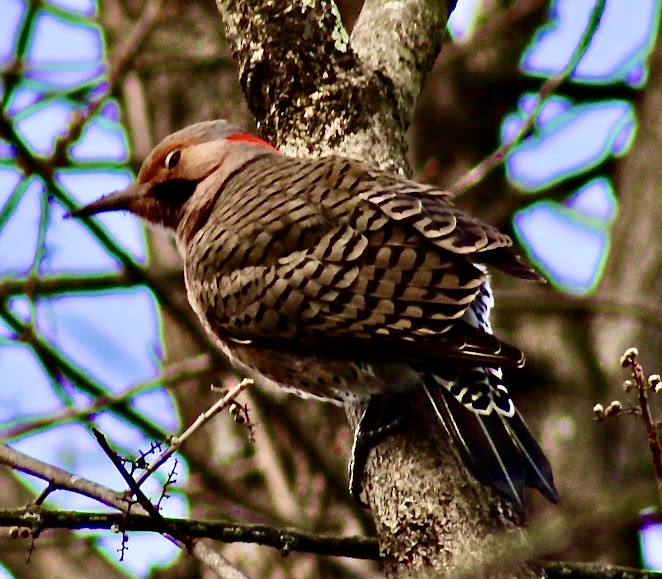









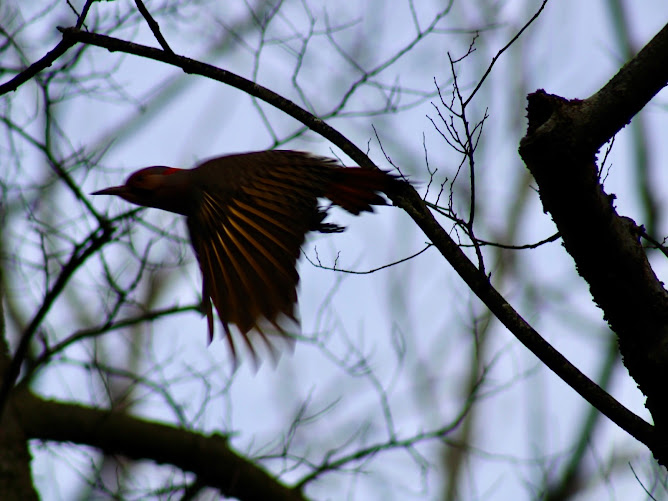
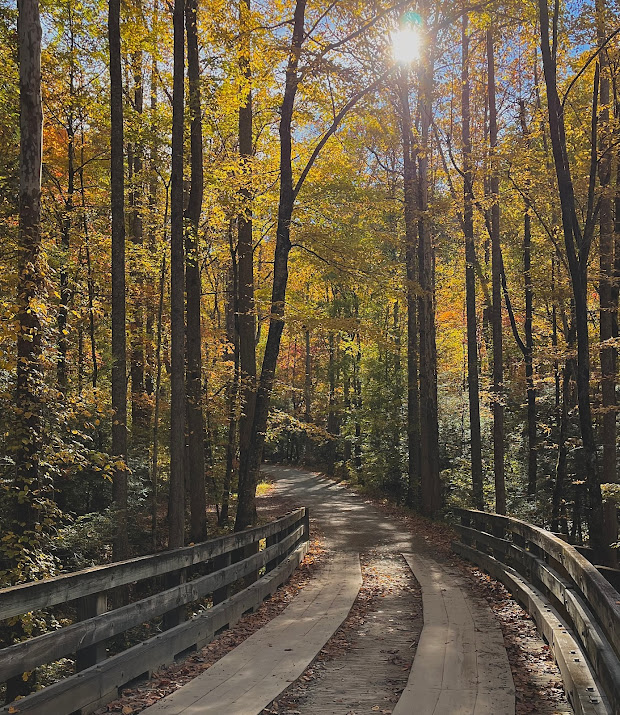
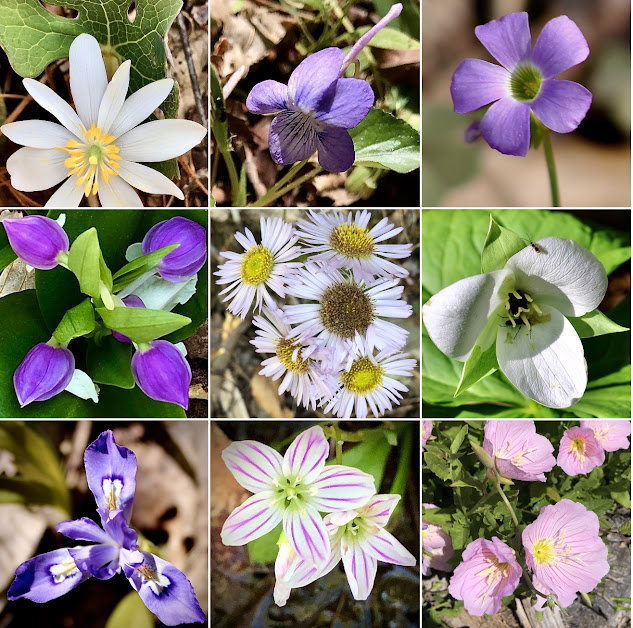
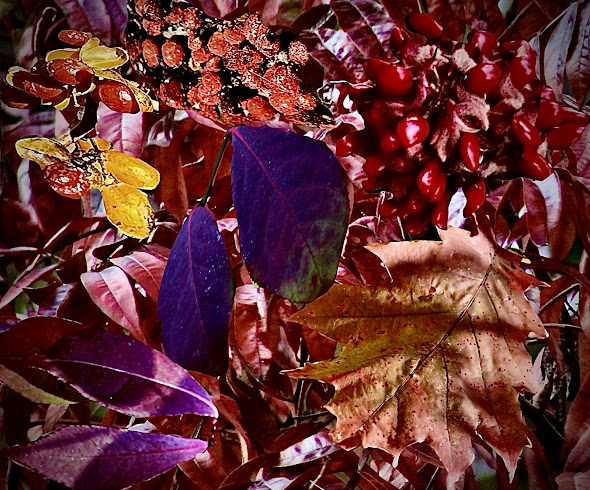


Comments
Post a Comment